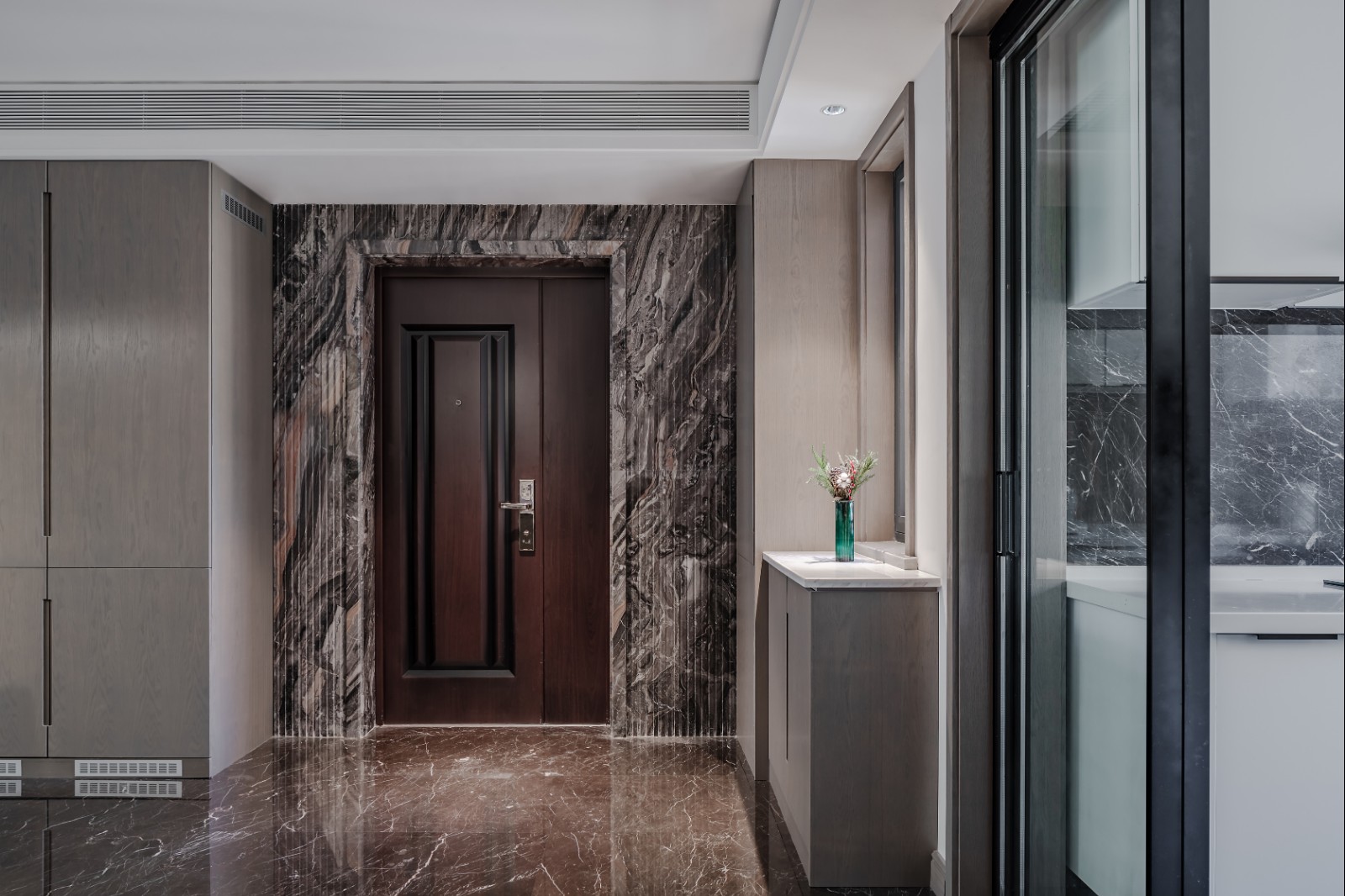Bengal Foundation Breaks Ground on Contemporary Arts and Crafts Museum
2015-02-22 09:00
Learn more about the museum's design, after the break.
Courtesy of Bengal Foundation
这是孟加拉国大规模适应性再利用的第一个例子,博物馆将坐落在达卡一个占地45英亩的地方。最初的努力将包括将目前占用该场地的一家黄麻工厂改造成一个展览空间。第二个工厂提供另一个展区和研讨室,而黄麻仓库是自助餐厅的所在地。小平房将占据树木的天然树林之间的空间,以提供厨房和洗手间,它们的特点回应了低挂的树叶在头顶上。
The first instance of large-scale adaptive reuse in Bangladesh, the museum will sit on a 45-acre site in Dhaka. Initial efforts will include transforming one of the jute factories currently occupying the site into an exhibition space. A second factory provides another exhibition area and seminar rooms, while a jute warehouse houses the cafeteria. Small bungalows will occupy the space between natural groves of trees to provide kitchens and washrooms, their features responding to the low-hanging foliage overhead.
Art gallery. Image Courtesy of Bengal Foundation
虽然场地的一部分由已建的建筑物组成,但大部分是无人居住的自然景观。为了尊重这一点,以纳哈斯·哈利勒为首的建筑师们采用了一种最低限度的设计方法,这种设计方法是由环境而不是相反的环境决定的。这包括生态维护和将建筑干预限制在室内和一个需要的基础上,从而保护了建筑群的树木和工业特性。通过可持续的做法,如自然采光和被动遮阳技术,可实现对环境的额外点点头。
Although a portion of the site consists of built structures, the majority is unoccupied natural landscape. To respect this, the architects, headed by Nahas Khalil, have employed a minimal design approach which is informed by the environment rather than opposed to it. This consists of ecological maintenance and limiting architectural interventions to the interiors and an as-needed basis, thus preserving the trees and industrial character of the complex. Additional nods to the environment are achieved through sustainable practices, like natural daylighting and passive shading techniques.
Cafe and seating area. Image Courtesy of Bengal Foundation
除了是一个艺术探索的地方,孟加拉博物馆是一个社区的地方。中心现有建筑的长度被截断,以容纳一个咖啡馆和室外座位区供人们聚集。这一举措还有助于巩固两侧建筑物之间的关系。通过拆除不必要的墙壁,创造画廊序列的视觉线索,并促进空间的自然流动,进一步探索了连通性。
Aside from being a place for artistic exploration, the Bengal museum is a place for community. The length of the central-most existing building is truncated to accommodate a cafe and outdoor seating area for people to congregate. This move also helps solidify the relationship between the buildings on either side. Connectivity is further explored through the removal of unnecessary walls, creating a visual cue of the gallery sequence and facilitating a natural flow through the space.
View of the sculpture gallery from the art gallery. Image Courtesy of Bengal Foundation
孟加拉国第一建筑师纳哈斯·哈利勒地点-班加巴里,萨瓦尔,孟加拉国类别博物馆
Principal architect Nahas Khalil Location Bangshibari, Savar, Bangladesh Category Museums & Exhibit Principal Architect Nahas Khalil Architect in the Design Team Tahmida Afroze Architect in the Client's Management Team Luva Nahid Choudhury, Nahid Sharmin Client Bengal Foundation, Dhaka Project Year 2015
 举报
举报
别默默的看了,快登录帮我评论一下吧!:)
注册
登录
更多评论
相关文章
-

描边风设计中,最容易犯的8种问题分析
2018年走过了四分之一,LOGO设计趋势也清晰了LOGO设计
-

描边风设计中,最容易犯的8种问题分析
2018年走过了四分之一,LOGO设计趋势也清晰了LOGO设计
-

描边风设计中,最容易犯的8种问题分析
2018年走过了四分之一,LOGO设计趋势也清晰了LOGO设计




























































